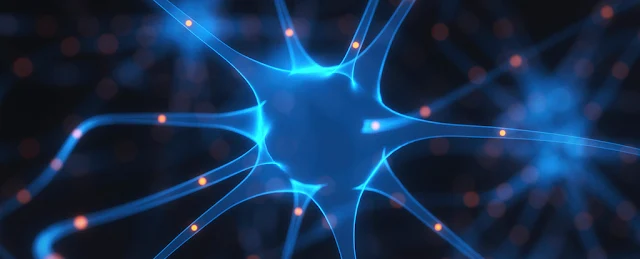While it’s now well-established that humans generate new brain cells throughout life, the scientific community has long debated whether this extends to the hippocampus — a brain region deeply involved in memory and learning.
A groundbreaking new study from researchers at Sweden's Karolinska Institute and Chalmers University of Technology provides some of the strongest evidence yet that neurogenesis persists in the adult hippocampus, specifically within the dentate gyrus — a key hub for emotion regulation, learning, and episodic memory storage.
“This gives us an important piece of the puzzle in understanding how the human brain works and changes during life,” says molecular biologist Jonas Frisén.
Using RNA analysis and advanced machine learning, the team studied brain samples from individuals aged up to 78 years. They identified cells that function as neural progenitor cells (NPCs), capable of generating new neurons — even late in life. These human NPCs showed striking similarities to those found in animals such as mice, pigs, and monkeys.
By mapping how these cells develop from stem-like origins into dividing immature neurons, the study confirms that new neuron formation does occur in adulthood, although typically at a slower rate with age.
Importantly, the study revealed individual differences in the rate of neurogenesis, which could help explain variations in cognitive flexibility, learning ability, and vulnerability to mental health disorders.
While the researchers didn’t directly investigate links to psychiatric or neurological conditions, their findings open up new avenues for understanding how brain plasticity may influence such disorders — and even how regenerative therapies might be developed in the future.
“Our research may also have implications for the development of regenerative treatments that stimulate neurogenesis in neurodegenerative and psychiatric disorders,” Frisén adds.
The full study is published in Science.
